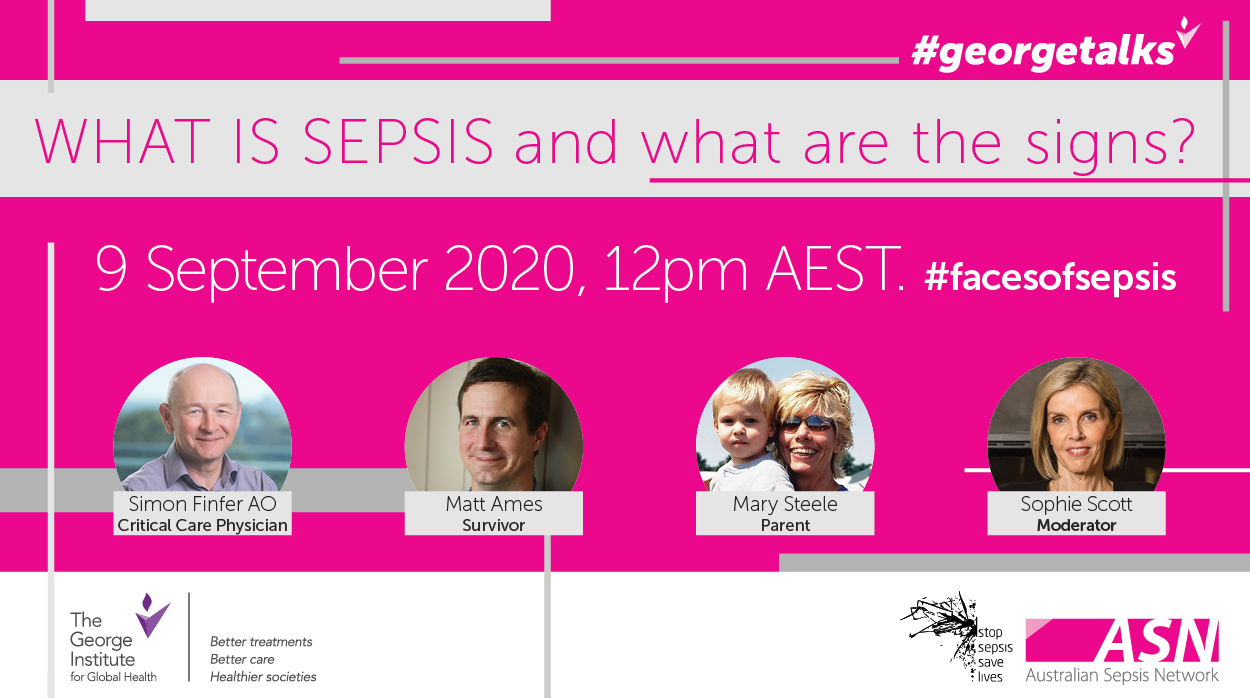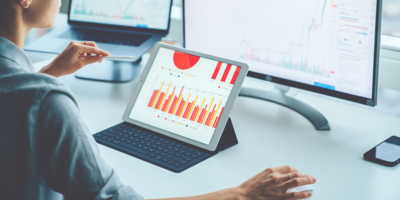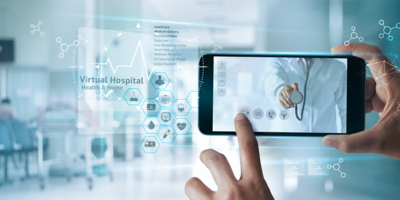Digital health apps have the potential to improve health behaviours and outcomes, in an easy and sustainable way. The CONNECT trial aimed to examine the effectiveness of a consumer web-based app linked to primary care electronic health records (EHRs), to find out whether the app would positively impact patients with, or at risk of, cardiovascular disease.
We asked The George Institute’s Professor David Peiris, and the University of Sydney’s Professor Julie Redfern, to tell us more about the implications of this study.
What did the CONNECT trial aim to achieve/what was its main purpose?
In our previous research, and in many studies conducted worldwide, there are large gaps in uptake of best practice recommendations for people with, or at high risk of, cardiovascular disease. The reasons for this are complex and many barriers exist at the health system, provider and patient levels. In the CONNECT trial we wanted to see if a patient-focused app that uploaded information from a patient’s GP records and gave them support on how to optimise their cardiovascular health may lead to better use of recommended medicines and control of cardiovascular risk factors.
Who did it involve?
This was a large general practice study where 934 people at high risk of heart disease and stroke were randomly allocated to either receive the CONNECT app or continue with their usual care. We followed them for one year to see whether people who had access to the app achieved better control of their blood pressure and cholesterol and increased their use of recommended medicines.
How did electronic health records influence/work together with the app?
One of the key things about the app was that it was linked to GP electronic health records, providing up to date information on a participant’s latest cardiovascular risk factors, test results and medications. It then provided a goal setting feature to enable people to prioritise what mattered to them in improving their health and to track progress against those goals in a similar way to many fitness apps on the market. It also provided interactive risk calculators, email or text motivational messages, a ‘poll of the day’ and an interactive forum where people could post messages.
How does the app work?
At the GP end, a widget is installed on their desktop computer. For patients consenting to participate in the trial, data are regularly uploaded from the patient’s GP record to a shared record in a similar way to the My Health Record. When the participant logs in to the app (via mobile or computer), the information from the shared record is pulled into their app and updated whenever there is new information.
What were the key trial outcomes?
The trial did not show any improvements in the use of recommended medicines when we looked at pharmacy prescription records. A major finding was that only around 30 percent of people in both trial arms were filling their scripts regularly, which represents a major gap in best practice recommendations. We did observe a small improvement in the proportion of people achieving blood pressure and cholesterol targets (17 percent vs 12 percent) but this may have been a chance finding. There was an increase in self-reported physical activity and an improvement in e-Health literacy. Although three quarters of patients found using the app was useful this did not seem to translate to major improvements in clinical outcomes and patient preferences.
What does the outcomes of CONNECT mean for the future of digital health apps?
Given the proliferation of health apps on the market, this study suggests their impact on health outcomes may be quite limited. The large gaps in optimal use of medicines is concerning and more intensive approaches are needed to address this challenge. Apps like CONNECT likely do have a role to play in more actively engaging patients in their health and health care but they need to be companioned with other strategies to better support patients and care providers to achieve better outcomes.
Does it have positive implications?
Interestingly, the qualitative research on patient attitudes to the app was largely very positive. For example, 73 percent of patients using the app reported benefiting from the personalised cardiovascular disease risk score; 69 percent liked the goal tracking; 52 percent benefited from the risk factor self-monitoring and 54 percent liked the motivational health tips. So there appear to be differences between the clinical outcomes and patient preferences – this reinforces the importance and relevance of including outcome measures on consumer or patient preferences when evaluating digital health interventions.
Read full paper here.














